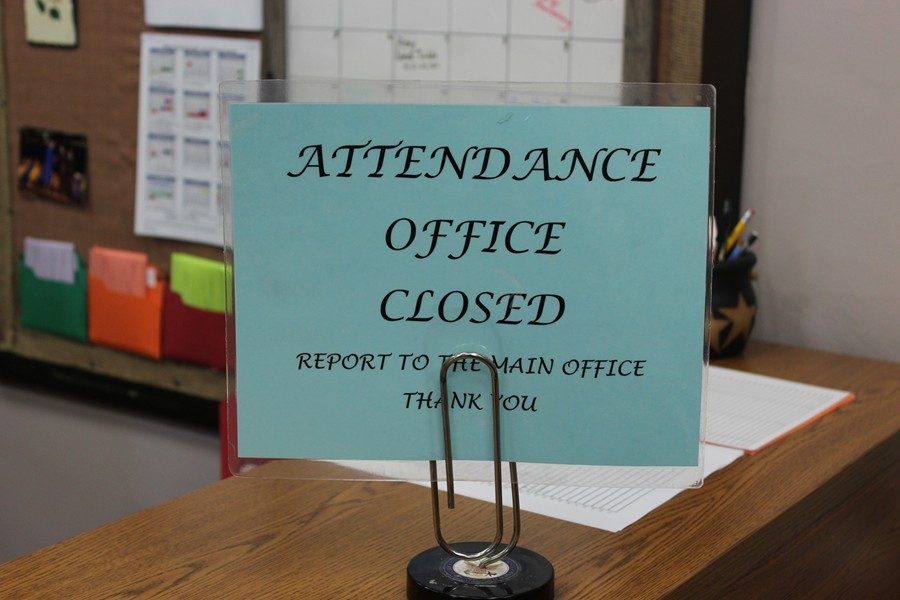Chronic absenteeism is a problem everywhere
Chronic absenteeism is something all schools combat.
September 26, 2016
Chronic absenteeism is an issue all across the US, even at Bellwood-Antis. Students in all 50 states have experienced long term absences, and some students’ graduation status is in danger because of it.
National data on absenteeism has been collected and published on chronic absenteeism by the U.S Department of Education’s Office for Civil Rights, showing that 13% of students in the nation miss three or more weeks of school. It can hurt their chances of passing a grade or even graduating.
“Every time a student misses a day of school they’re missing important information and really hurting their grades. It’s a big problem in Bellwood,” said Assistant Principal Cathy Adams.
Mrs. Adams said she takes several steps to monitor students with absence problems.
“There’s a list in my office of everyone who had attendance issues last year and we monitor them to see if they’re doing better throughout this school year,” said Mrs. Adams.
The Bellwood-Antis school board considers the following conditions to be a reasonable cause for absence from school, according to the 2016-2017 student handbook: illness, quarantine, family emergency, recovery from accident, family educational travel, or tours, with prior approval. The Board requires the school age students enrolled in district schools attend school regularly.
Junior Skylar Grossen had experienced long term absences in the 2015-2016 school year. She somehow found a way to get by despite her long absences.
“It was hard to keep up with all the work throughout the year. But I managed to keep my grades decent,” she said.
According to the NCES, students who are frequently absent from school may experience academic difficulties and are less likely to complete school if no mediation takes place.






